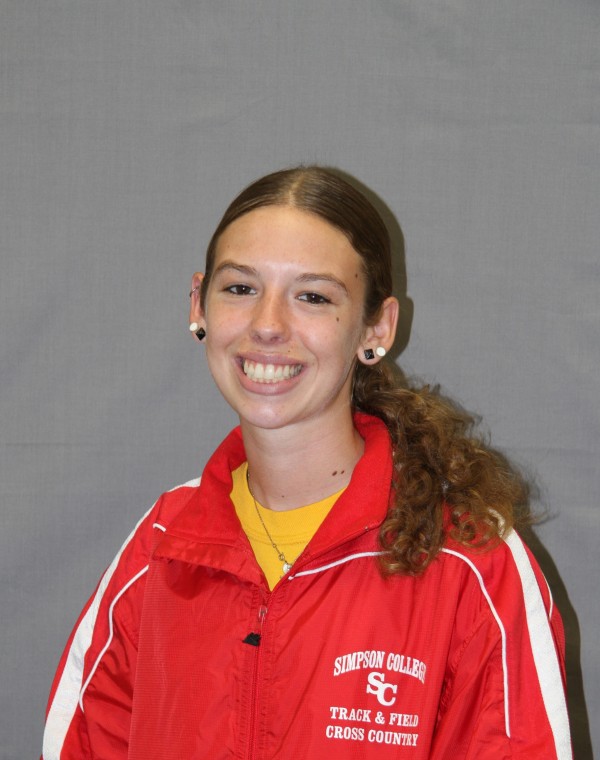Eye of the Storm
October 7, 2010
There is no doubt that athletics have the power to unify people.
With the love of sports comes building the bonds of community centered around competition, teamwork, power and passion. This visual representation of spirit is noticeable not only at the professional level, but on college campuses in all divisions of play.
Division III athletics are no different. The NCAA defines Division III athletes as competing ‘amateurs’ whose focus is more about academics than solely playing a sport. Although there are restrictions on scholarship offers to potential athletes, the desire to compete isn’t extinguished.
Simpson College resides in this division, participating in the Iowa Intercollegiate Athletic Conference (IIAC), one of the two Division III athletic conferences Iowa schools participate in, the other being The Midwest Conference.
As enrollment rises in private colleges, so does the number of participating athletes across a wide range of sports. Consequently, the level of competition is on the up.
Larger recruiting classes often mean a wider range of talent.
In the IIAC a reason for this trend is that more and more students are able to participate. In higher division rankings, scholarships or tryouts can dictate who can be on teams. Division III makes is possible for more students to continue competing after their high school years.
With more athletes comes more potential for success.
When teams build successful programs it makes the school look more attractive to prospective athletes. When above-average athletes enroll at a school that already has a successful program, it makes them want to keep that energy going. The better you are, the more willing you’ll be to work to stay on top.
In a short time frame there are measurable increases in overall competitiveness in conference play.
From year to year one can usually estimate which teams will be at the top of the conference in any sport. The number of returning letter winners, newcomers, coaching staff, and tradition all factor into conference placement. But once a team is consistently at number one, they have a target on its back, and teams will stop at nothing to knock them out of that top spot.
Looking at team statistics and placing shows heightened efforts in game play.
Going back into the archives from past seasons and comparing growth from year to year is a way to gage these improvements. More blocks, faster times, and higher scores all point to a team’s increased level of competition among other schools. Using these comparisons, coaches can get an understanding of what coaching methods work, and in turn, improve the quality of competition.
The goal is to make athletes the best competitors they can be.
There’s something about being an athlete that’s “addictive.” Throwing yourself into something you feel passionate about, to give it your all, to strive to be the best is motivating. If you can do it on the field, you can do it in life. The schools in the IIAC do their best to promote this concept to their athletes.
The more they want to achieve, the harder they will practice and play.
To find out more about the Iowa Intercollegiate Athletic Conference, visit www.iowaconference.com or follow them on Twitter at http://twitter.com/IIACathletics.












